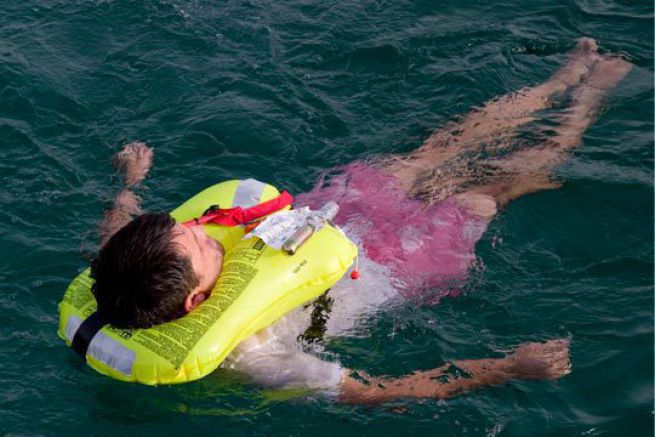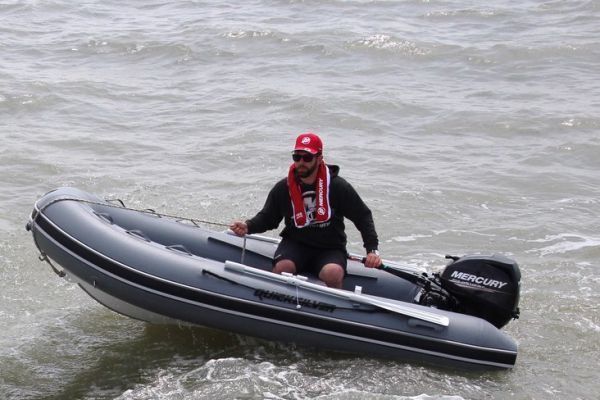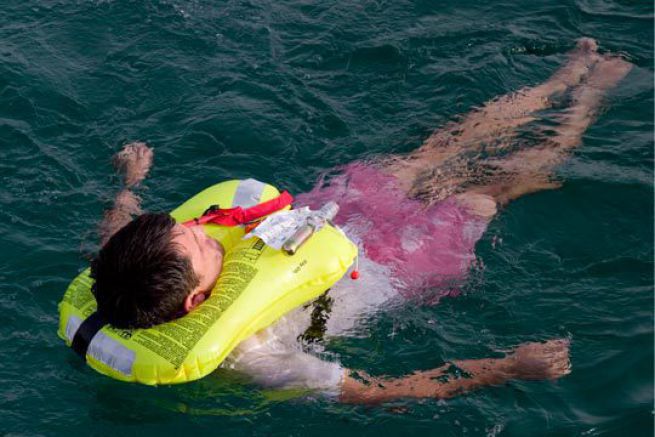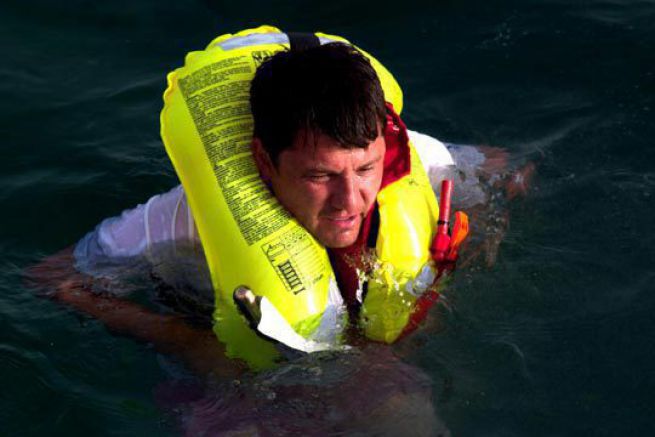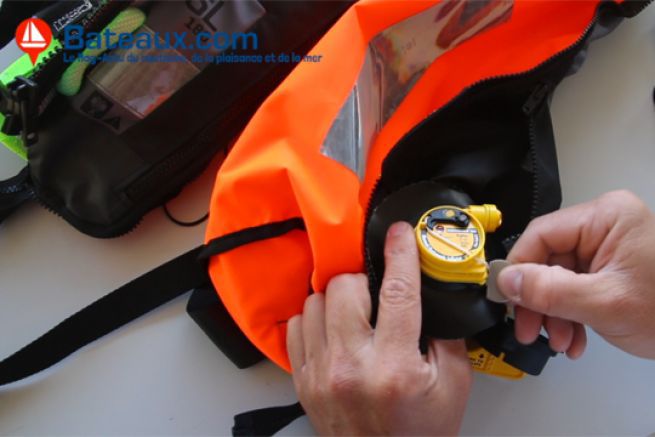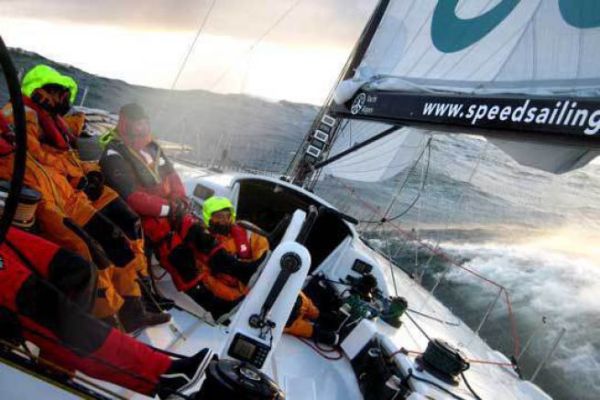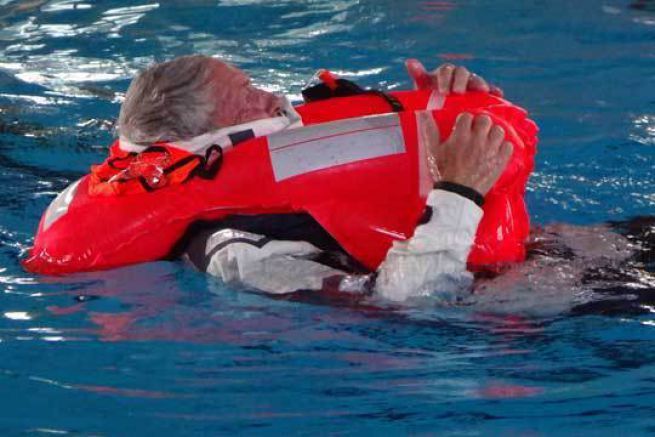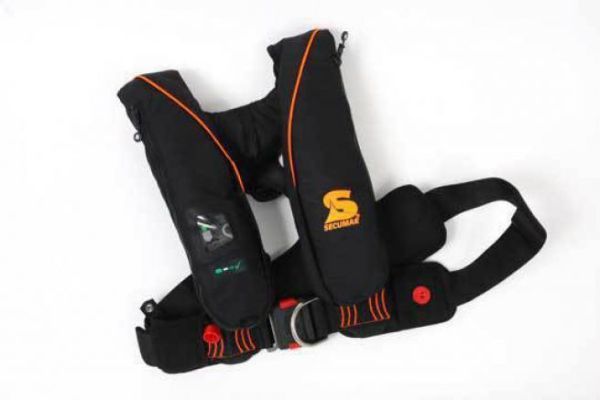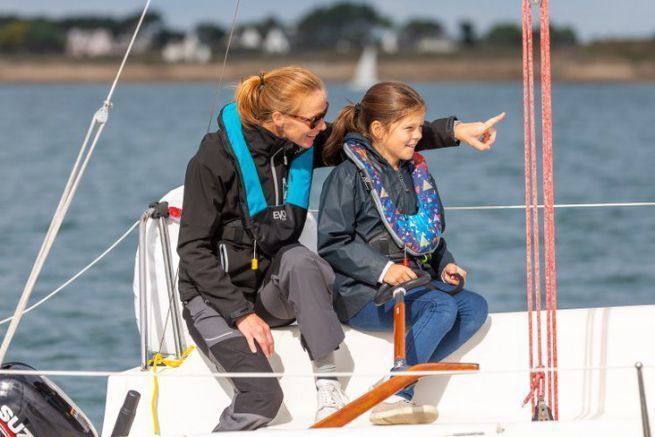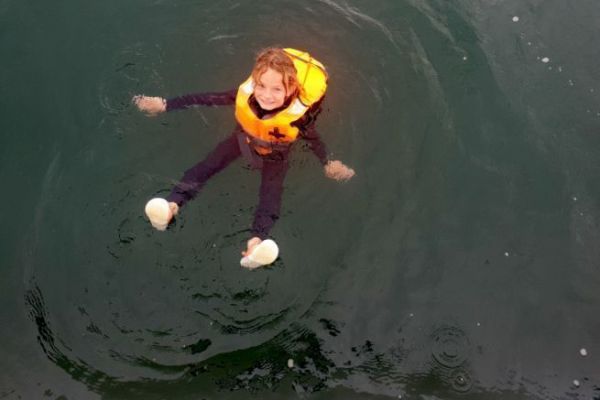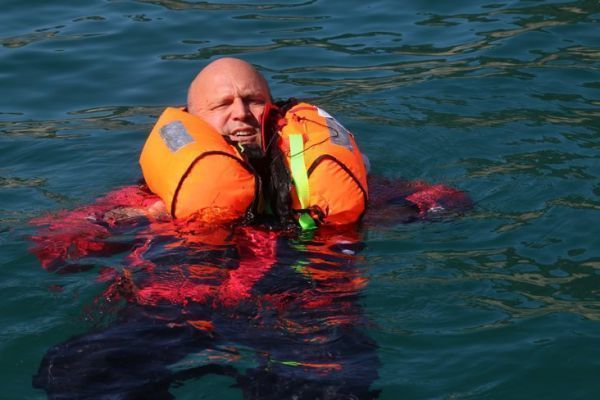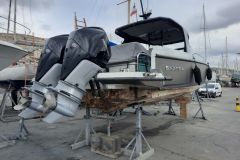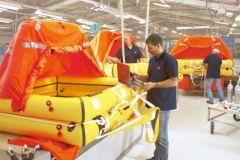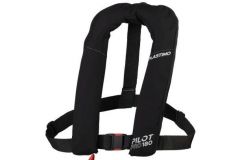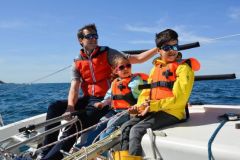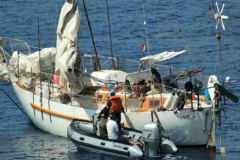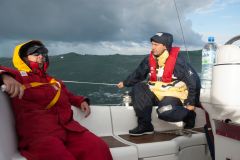A lifejacket for who?
The answer to this question is quite simple: for all practitioners! Rowing, sailing, motoring... any individual who goes on the water should wear a vest.
If the foam lifejackets remain voluminous, embarrassing for the practice of our nautical sport (except for the models 50 N), the arrival of the inflatable lifejackets since the years 2000 and especially their homologation, make them portable in any circumstance.
No more excuses for not having one when you fall in the water.
What the regulations say
- Sailing less than 2 miles from a shelter: individual equipment of 50 Newton minimum per person.
- Sailing between 2 and 6 miles from a shelter: an individual equipment of 100 Newton minimum per person.
- Sailing beyond 6 miles: an individual equipment of 150 Newton minimum per person.
Such equipment shall comply with the Personal Drowning Prevention Equipment Directive by displaying a CE marking or SOLAS approved.
From the moment you wear a vest, you might as well wear one of quality and especially one that you are sure of its effectiveness. Why limit yourself to a 100 Newtons when a 150 Newtons ensures the recovery of the shipwrecked?
Choose your vest according to your activity
An N that means Newton. This is the unit of buoyancy measurement.
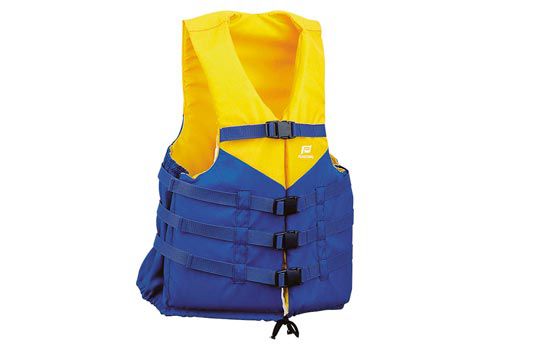
50 Newtons Buoyancy aid, sufficient for activities such as water skiing, canoe-kayak, windsurfing or dinghy. It helps to keep a conscious user out of the water. It does not ensure the reversal of an unconscious shipwrecked person nor the maintenance out of the water of the respiratory tracts (mouth, nose).
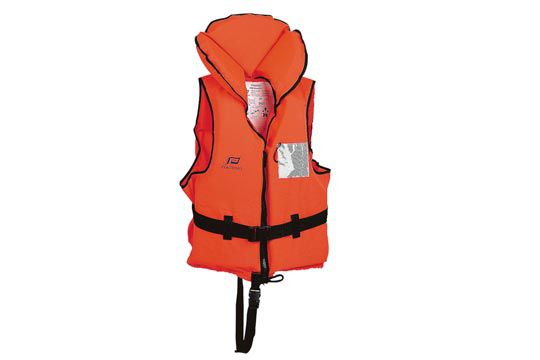
100 Newtons These are the vests recommended for coastal navigation within 6 miles of a shelter. They can be aboard all types of boats (sail or motor). These vests ensure turning in 10 seconds and keep the airways out of the water.
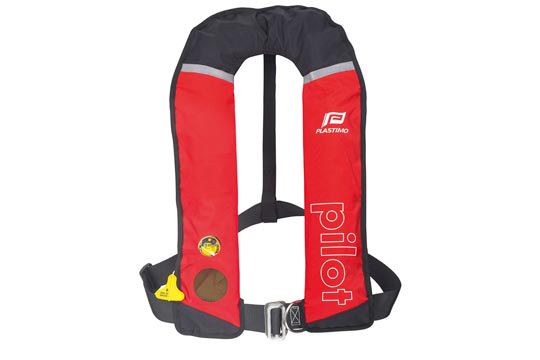
150 Newtons or more: These are the vests recommended for offshore navigation (more than 6 miles from a shelter). If it keeps the wearer's head out of the water, they must ensure the shipwreck is turned over in 5 seconds.
There are no boating regulations requiring you to wear a vest of more than 150 Newtons, how can you explain that some manufacturers offer them? These vests have been defined for professional use, when the wearer is equipped with heavy protective clothing. These clothes can interfere with the shipwreck's turning over. With greater buoyancy, this reversal is accelerated.
Choose your vest according to its weight and size
A 100 (or 150) Newtons lifejacket is a category. Within this category, it is your weight which defines the vest to wear . Indeed, people between 50 and 70 kg do not need the same buoyancy as a person over 70 kilos. All these data are indicated on the label (and in the product descriptions). Even if the waistcoat's lattitude is high, it is necessary to check the compatibility with its weight.
There are also vest sizes (XS, M, XL and XXL) to suit your height and build. Choose your vest according to your size and especially adjust it according to your template. Attention, do not forget when you will try your vest in your living room, that it must be worn over the often bulky sea clothes.
Foam or inflatable vest?
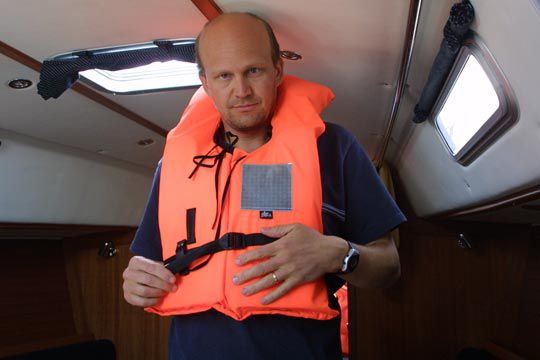
Foam vest (in the jargon, we say vest with internal buoyancy): they are designed for the activities which are practised in water or on the surface (water skiing, kayak, stand-up-paddle, windsurfing...). The foam breads which constitute it also protect from shocks and ensure a first thermal protection. If they are essential in the 50 Newtons category, they quickly become bulky and uncomfortable from 100 Newtons.

Inflatable vest These are flat lifejackets, often U-shaped, like a scarf around the neck. Equipped with a CO2 bottle (carbon dioxide or carbon dioxide), they inflate in a few seconds either when the shipwrecked vessel is activated (manually) or automatically when falling into the water. These are the vests we recommend when you need more than 100 Newtons.
